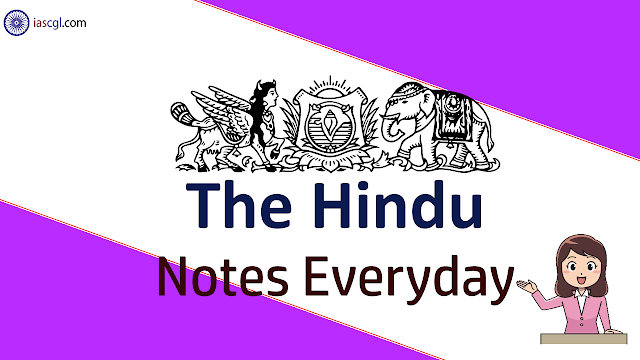Read The Hindu Notes of 10th January 2019 for UPSC Civil Service Examination, State Civil Service Examination and other competitive Examination

- Judicial evasion and the status quo
- The Great Game is not a zero-sum deal
- Korean consensus?
- Mass messaging
- Sabarimala through the ages
- Why Adam Smith favoured public education
- A question of citizenship
- The space race
Judicial evasion and the status quo
In high stakes cases, the Supreme Court must ensure that judgments are timely and clear
Judicial evasion
Strange fetters
Setting deadlines
The Great Game is not a zero-sum deal
India and China can work together, bilaterally and in multilateral groupings, to build a secure Afghanistan
Vital to development
Dealing with Pakistan
Sitting across the table
Korean consensus?
Kim Jong-un’s visit to China is likely to force next steps after the Singapore summit
Mass messaging
The BJP is recklessly reinforcing ethnic and religious fault lines in the Northeast
Sabarimala through the ages
The focus needs to shift from the entry of women to ecological destruction of the Western Ghats
Ownership of Sabarimala
The ban on women
Environmental concerns
Why Adam Smith favoured public education
Contrary to popular opinion, he was not a free market apologist
Favouring liberal capitalism
Education is not a commodity

0Comments